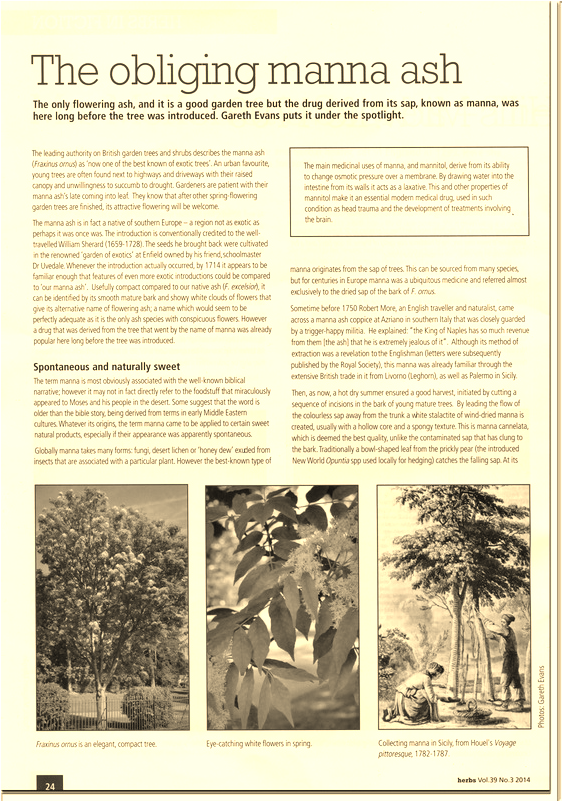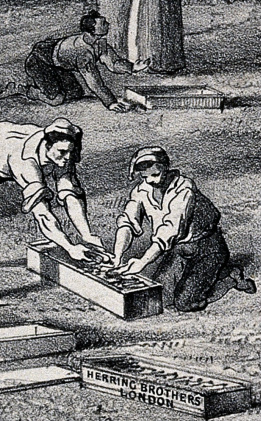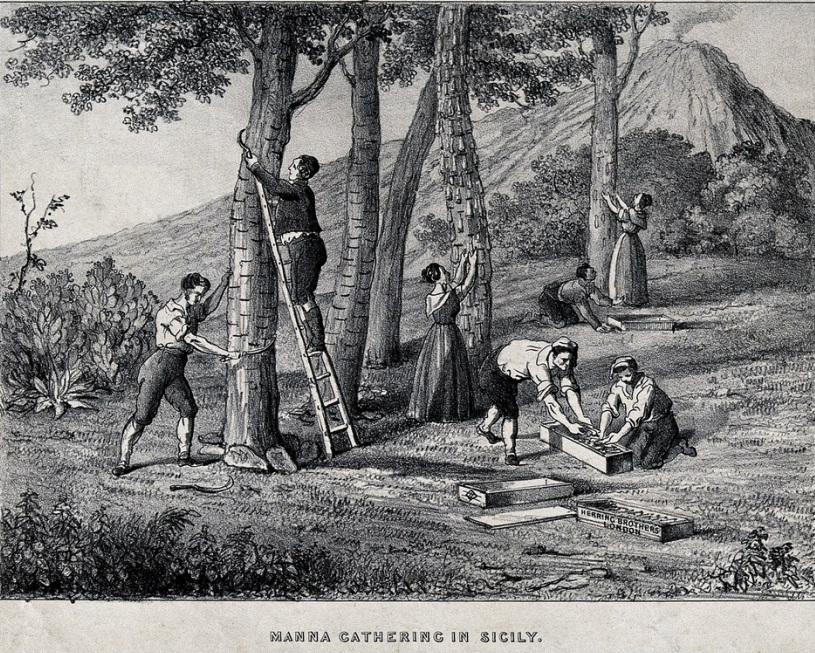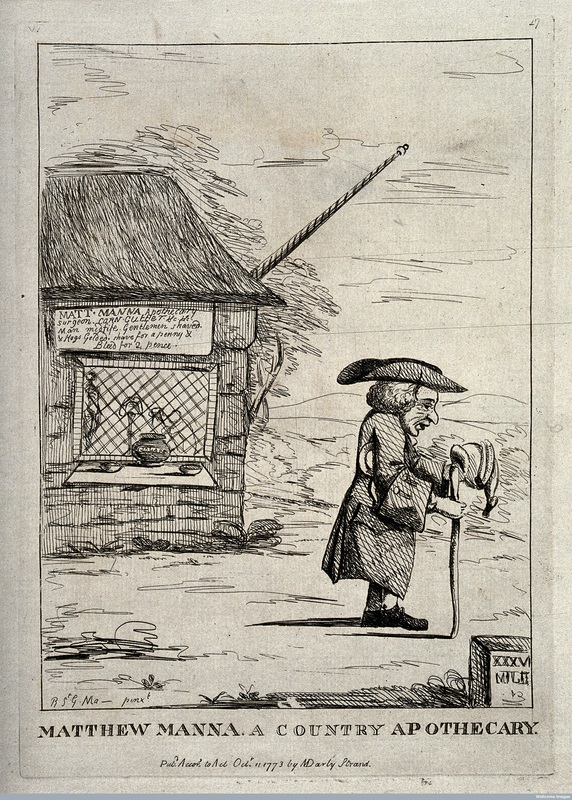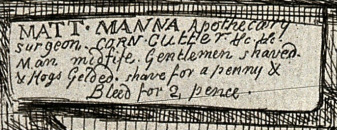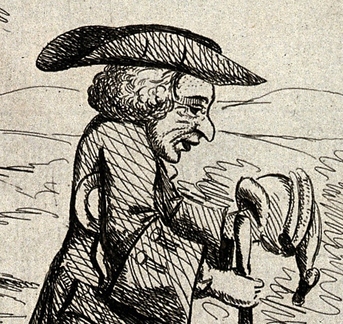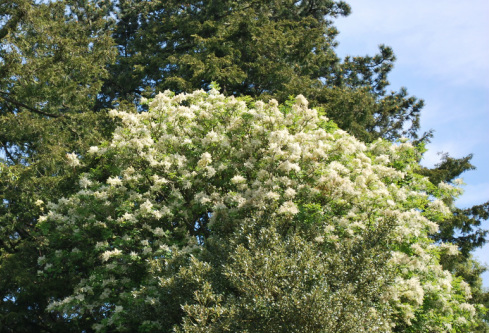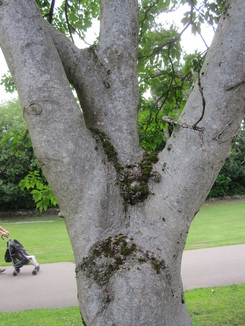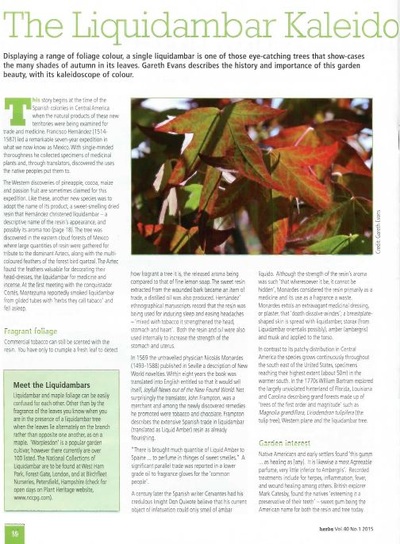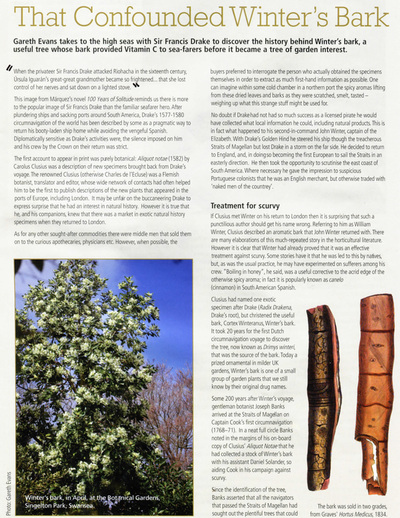|
|
The Manna ash (Fraxinus ornus) is a commonly found tree in its native southern Europe. The species features in ancient myth, later becoming the focus of significant economic activity when in the 1800s and 1900s the extracted 'manna' became a popular drug with a medicinal action so mild that it was a familiar household remedy. The industry was centred in the south of Italy particularly Sicily where today the Slow Food movement is aiming to conserve the traditional production techniques. The resilience of the manna ash tree makes it a much-used urban roadside tree, most conspicuous in spring when the fine white flowers can almost completely cloak its canopy. At this time, manna-ash-spotting is at its easiest, if at the risk of running into the next tree in the avenue or the back of the car in front. Herbs 39.3 September 2014 |
| The Obliging Manna Ash | |
| File Size: | 1901 kb |
| File Type: | |
Selected Sources.
- ‘Concerning the method of gathering manna near Naples...’. Philosophical Transactions Abridged (1743-1750). Vol. 10, p. 766. 1756.
- ‘Giving an Account of Divers Rare Plants... by James Petiver’. Philosophical Transactions (1683-1775). Vol. 29, pp. 229-244. 1714-16.
- W.J.Bean, Trees and Shrubs Hardy in the British Isles. John Murray 1970.
- R. A. Donkin, Manna: A Historical Geography. Biogeographica, Springer 1980.
- I. Kostova, ‘Fraxinus ornus’, Fitoterapia. Vol. 72.5, June 2001.
- Anna Tasca Lanza, ‘Sicilian Manna’, Gastronomica. Winter 2005.
- Mary Russell Mitford. Our Village: Sketches of Rural Life, Character and Scenery (1828). London 1824.
- H. Neumann, trans. William T. Stearn & Eldwyth Ruth Stearn, Greek Wild Flowers. The Herbert Press 1993.
' ... By the 1920s raw manna from Sicily came from nearly 6700 hectares of ash plantations, or frassinetti, supporting a significant rural economy. ... '
|
Archive Storico Luce 1936
|
' ... manna was already familiar through its extensive British trade from Livorno (Leghorn), as well as Palermo in Sicily ... '
|
'... The relative safety of manna led to it being associated with the rather unadventurous sort of medical practitioner. An 18th century caricature of a country apothecary alludes to this association by dubbing him Matthew Manna. ‘He delighted in innocent remedies: manna, magnesia, and camphor julep’ went a gentle 19th century satire on the same subject. ...'
|
|
|
|
' ... Usefully compact compared to our native ash (F. excelsior), manna ash can be identified by its smooth mature bark and showy white clouds of flowers that give its alternative name of flowering ash ... ' |
' ... Some writers see a link to these Melian nymphs not only in the name but in the upraised,
canopy-supporting, branches of the trees. ... ' |
